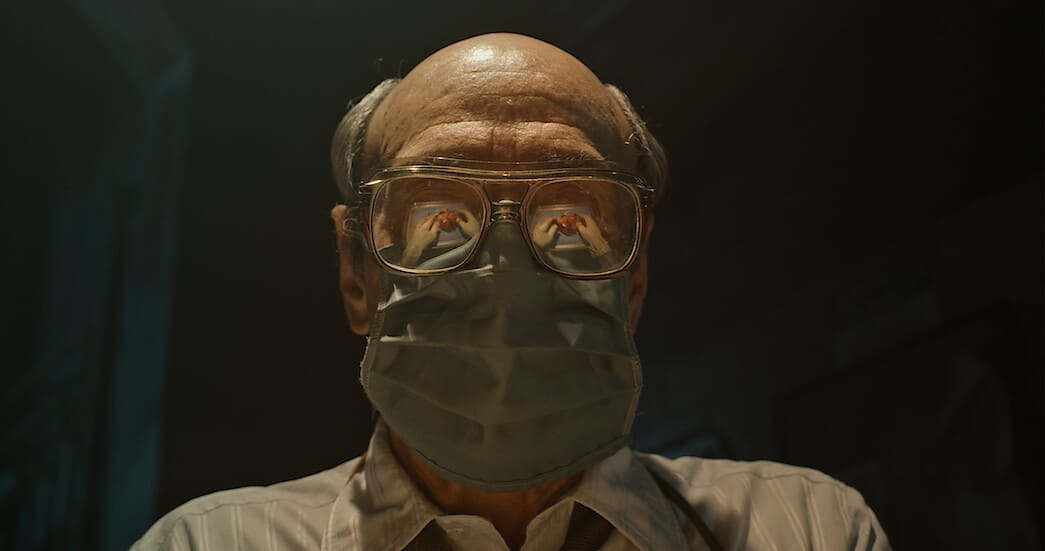Editor’s note: this discussion of Guillermo del Toro’s Cabinet of Curiosities contains some spoilers.
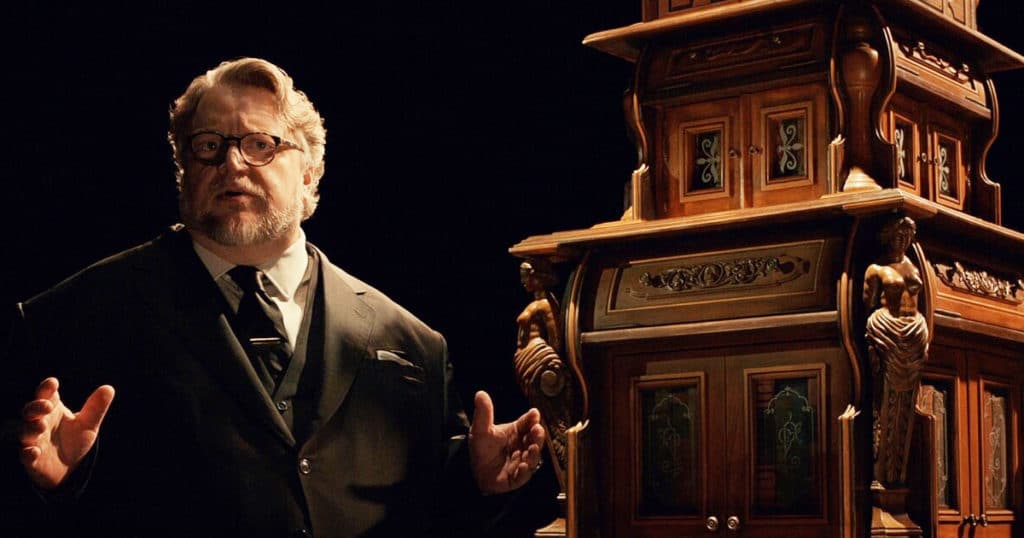
Anthology TV series always feel like a tantalising prospect: the same goes for feature films which use the same frame. Even if one, or a couple of the stories aren’t to your tastes, you can usually bet that there’ll be something there to enjoy. A few of the best-known anthology horrors made for television have also incorporated a narrator into the format; in one of the best of these series, Night Gallery (1970-73) host Rod Serling brought his Twilight Zone experience to bear and became a part of the appeal, not to mention a key writer; his sardonic introductions set the tone and lent a consistency to each episode. In many ways, Guillermo Del Toro’s Cabinet of Curiosities most resembles Night Gallery, right down to the objet d’art as a linking device (and including a new version of Pickman’s Model, see below) – though, it has to be said, Del Toro himself doesn’t have Serling’s ease in front of the camera, and probably feels far more comfortable behind it. Still, now’s the time for this kind of thing; the swing back towards television in these days of HBO, Netflix and Amazon amply rewards this kind of format. It’s also worth noting that the series didn’t land all at once, evading binge-watchers to some extent at least. I prefer that. It is, in its way, a tribute to how TV series used to work; you had to wait. Anticipation’s half the charm.
As with any series of this kind however, some of the Cabinet of Curiosities episodes work better than others; so, without further ado, here’s the Warped Perspective list of worst to best (delivered with the proviso that every single episode has plenty of positives; there are no out-and-out duds, and despite playing favourites for the purposes of this article, I’m very glad to have seen all eight)
8: Pickman’s Model (directed by Keith Thomas)
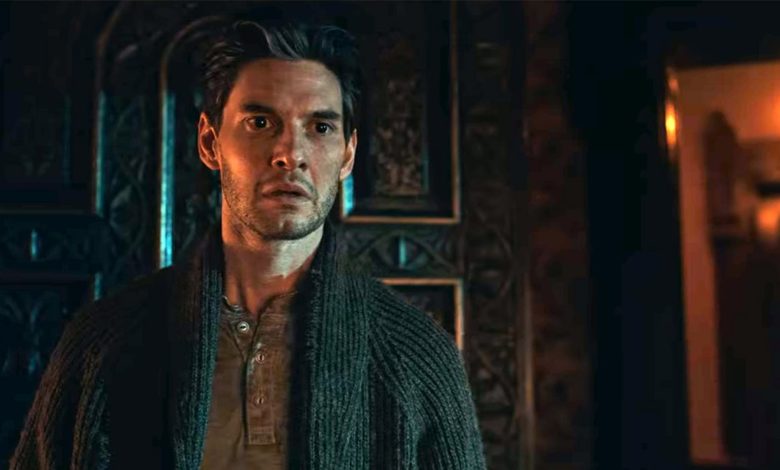
Knowing del Toro’s love for Lovecraft (he’s in many ways as famous for the film version of Mountains of Madness he didn’t make, as he is for films he’s completed) it was inevitable that the originator of cosmic horror would turn up in this anthology. The thing is, Lovecraft is damn near impossible to bring to the screen in ways which feel akin to his stories. So much of his horror depends on the fractured recollections of his unreliable, mentally-broken narrators that the immediate problem is: how do you render that into something visual, and was it ever really visual at all – or a delusion? Some of the best on-screen Lovecraft adaptations have found their own way through the madness – the much-missed Stuart Gordon blended HPL’s stories with a lurid, darkly-comedic tone which worked in its own right – but Keith Thomas here (using a screenplay by Lee Patterson) deviates too far from the original story in my opinion, making it all about a family man whose family predictably become the sacrificial lambs; it feels rather simplistic, and the end result a little obvious, eye-gouging and all. That all being said, Crispin Glover is an inspired choice as Pickman; the artwork is excellent, too, even if the teleplay loses some of the dark, uncertain horrors of the story.
7: Dreams in the Witch House (directed by Catherine Hardwicke)
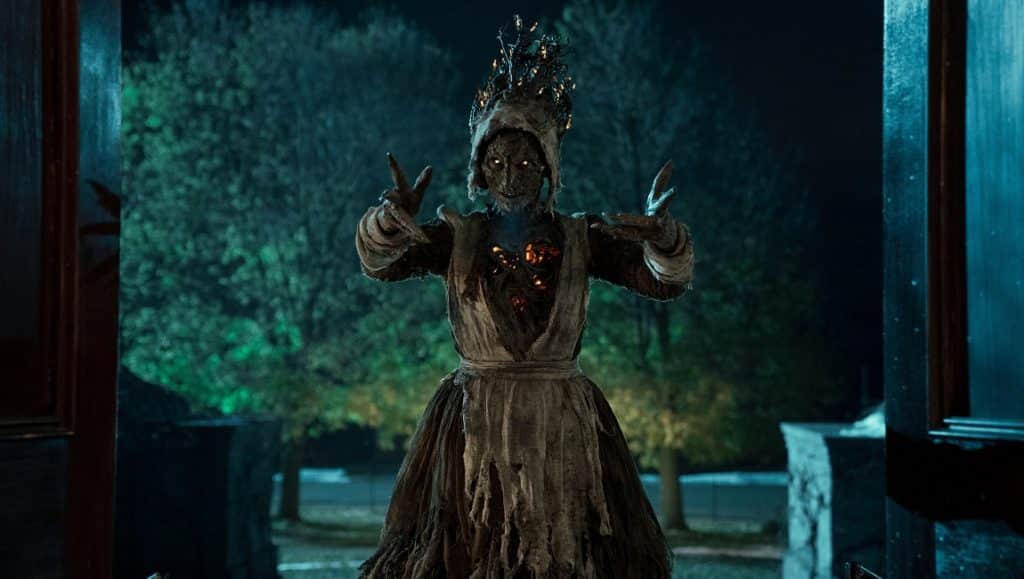
Dreams in the Witch House is another Lovecraft adaptation in the same series which labours under the exact same issues as the take on Pickman’s Model: isn’t that strange? Again, we have a much-expanded premise (which borders on the sentimental, something Lovecraft himself would have studiously avoided) whereby a young boy, Walter, loses his sister in childhood; he spends the rest of his life trying to ‘find’ her, dedicating himself hopelessly to Spiritualism – until a chance encounter sees him using mind-altering substances, which in turn pitch him into a rather gentle limbo, where he finally finds sister Epperley. Unfortunately, his interloping in a realm where he shouldn’t be attracts the attention of Salem witch Keziah Mason and her likeable-rogue familiar Brown Jenkin, whose old house he has rented; they were bound to bump into one another, you could say. One of the least-fantastical elements of this episode is in the state of the house, and the fact that the landlord is taking Walter’s money anyway; the most successful fantasy element comes with Keziah Mason herself, and it is she who grants the episode its only true moment of cosmic horror, her dead eyes glittering in the dark of the Witch House. Excellent creature design, too. But, ultimately, it’s the misty-eyed stuff which dampens any protracted sense of being out of one’s depth, which you must retain for a Lovecraft adaptation (or, of course, do something else entirely and save yourself the criticism).
6: The Outside (directed by Ana Lily Amirpour)
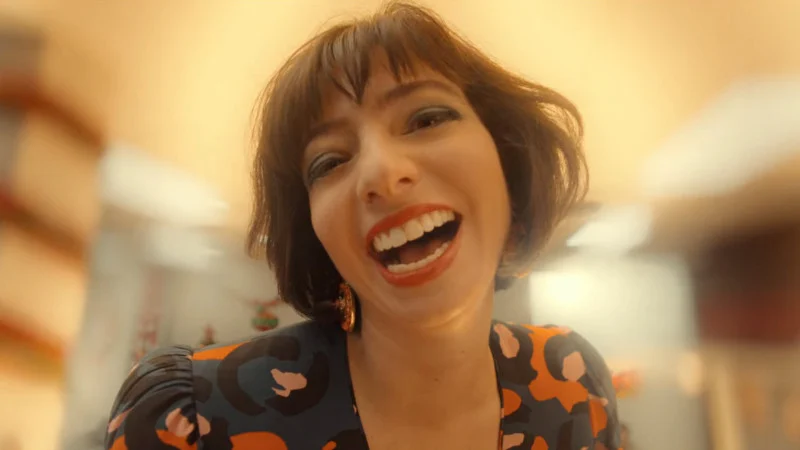
The Outside is in many ways a familiar parable about the perils of vanity. Added to that, it holds aloft the questionable boon of dead-end, cruel friendship, and invites us to wonder why these things are so appealing. Stacey (Kate Miccuci) is a plain and withdrawn woman with a soul-sucking job at a bank: this might be why she’s drawn to the chattering friendship of her co-workers, who – whilst not mean to her exactly – make it clear that they don’t have a lot to say to her. Still, they invite her to a Secret Santa party, where everyone gets a tube of Alo Glo lotion, which all the women say is the best. Stacey’s homemade taxidermy gift is politely received, and immediately put away; to be fair, a pot of lotion is more conventional. Feeling every inch the outsider post-party, Stacey begins to apply the Alo Glo, but it brings her out in a horrendous rash; this is the start of a process where not only her body, but her mind gets consumed by the lotion and all it promises.
Pretty much all of the stories in Cabinet of Curiosities are either period (turn of the twentieth century, or not too long after) or living-memory retro, usually set in the 70s or 80s. The Outside plumps for the 80s, with a house which looks like it could be next-door to Red and Mandy’s. It looks good, and there’s neat characterisation (though jaded horror fans might soon spot that a man written to be this awesome may well be for the chop). The Outside also adds just the right amount of surreal elements, poking fun at the claims made by telemarketers whilst also segueing into creature feature – all in a fairly understated way, give or a take a few more violent moments. It also works fully well in the time allowed, delivering a complete narrative where any remaining questions feel deliberate, rather than oversights.
5: Lot 36 (directed by Guillermo Navarro)
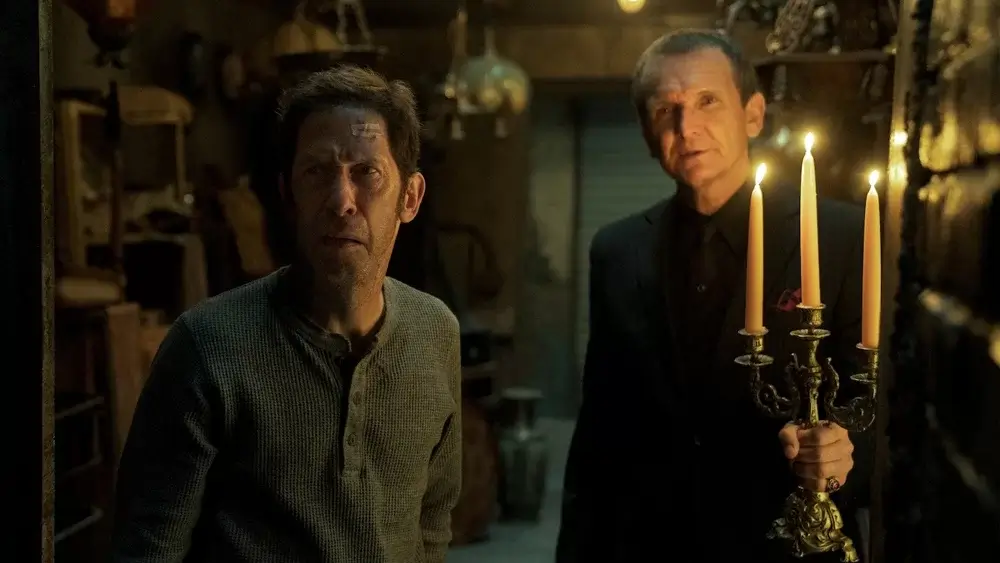
Lot 36 was the first episode made available and, to give it every credit, it does a good job at setting out the stall for all episodes to come. Encompassing occult horror, mystery and something more visceral, it is busy busy busy with perhaps a slightly abrupt ending, but via its plausible but deliberately unlikeable lead character, Nick (Tim Blake Nelson), it provides the punishment in some fun, florid ways. And, it doesn’t set all of this up just to bang out some jump scares, although there are a few which work rather well. Does it lean a little heavily on the ‘bad man by all modern measures of decency’? Perhaps a little. As del Toro wrote the (as-yet unpublished) story behind this screenplay, we’d have to take that up with him, but of course these people do exist and they are out there, even if they seemingly have problems of their own; it’s not an excuse, but it’s enough to give them some motivation for their most desperate actions. The first two lead characters in this series, through coincidence or otherwise, are plagued by poverty, and we see what horrors they are willing to turn to as a means to get out of it. Lot 36 uses the tantalising idea of the mysterious storage lot, brings in brilliant set and prop design, and sees things through to a fantastical conclusion. It does a lot in its timeframe, and what it does is largely very successful.
4: The Viewing (directed by Panos Cosmatos)
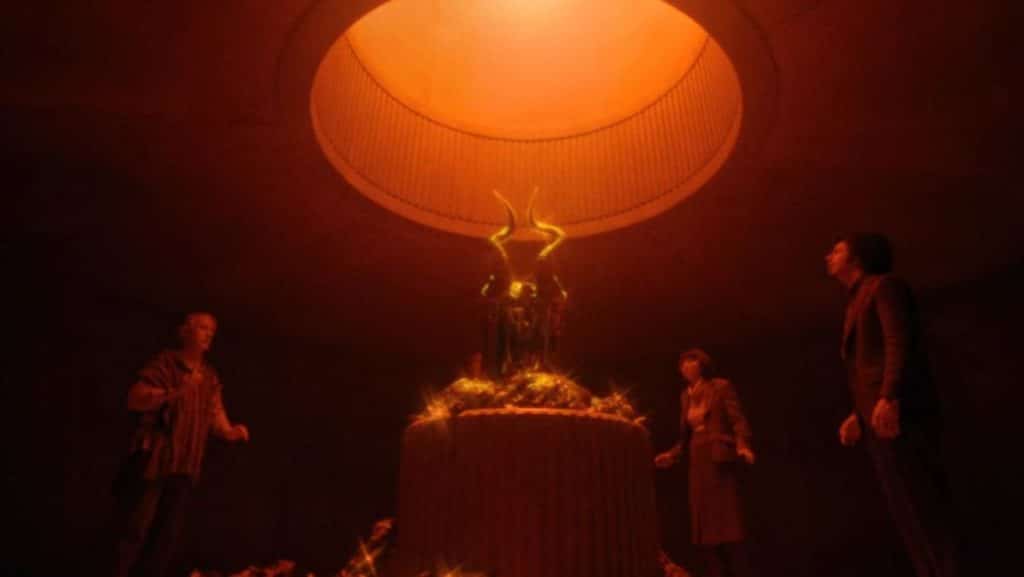
Honestly, deciding where to place The Viewing in this list was very tough-going. Thinking back to some scenes or lines, it feels criminal not to place it higher. Ultimately, its biggest sticking point comes from its biggest success, as it crafts an engaging, body-horror-sci-fi so compelling that its end scenes feel positively frustrating. It has a great cast too, with Robocop actor Peter Weller popping up as a mysterious wealthy recluse, who has selected a number of strangers, each very successful in their field, to come to his house – for reasons which, later, become horribly apparent. Were the possibilities for how this could play out known to Lassiter (Weller)? Maybe, maybe not; it doesn’t detract from the episode, and nor does it harm the film’s grotesque developments any. If you watched and liked Mandy, then you’ll know that one of director Panos Cosmatos’s great strengths is in depicting the strange, the trippy, the altered states. That is key here, as each of the assembled group are urged to partake of fine whisky and weapons-grade cocaine. After they are suitably hammered and on the right wavelength, they’re taken to see something very strange belonging to Lassiter.
With some of the finest face-melting you could ever hope to see, a sardonic and effective script, and some gutsy SFX, The Viewing hangs onto some ambiguities, and whilst it all rolls to a stop just when you feel you could stick with this narrative a while longer, its lurid, late 70s vibe, embellished with trippy colours, light and angles, is a joy to watch. It channels the OTT nature of late 70s/early 80s video horrors, but it very much as its own beast too.
3: Graveyard Rats (directed by Vincenzo Natali)
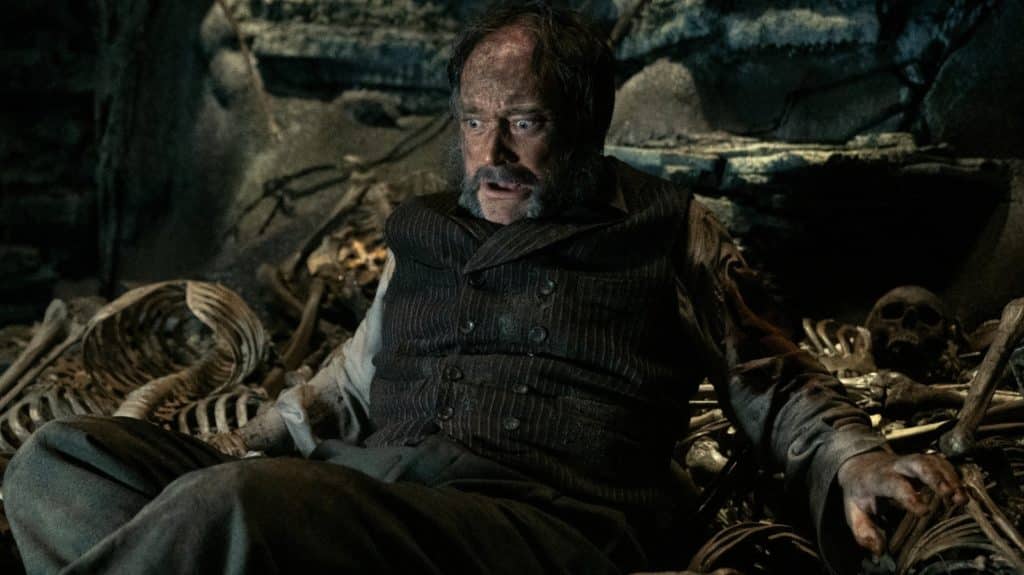
It feels like quite the surprise to be declaring Graveyard Rats only the second most disgusting entrant in this list – let’s start there. It’s based on a short story by Henry Kuttner, contemporary and friend of Lovecraft and fellow Weird Tales author; whilst this particular tale doesn’t include the Cthulhu Mythos elements which Kuttner often wrote about, perhaps as a nod to this, the screenplay expands the story somewhat in this direction. Again, it makes for a busy episode, but what’s one more element in a claustrophobic take of grave-robbing and subterranean horror? This is also another tale about poverty, too, something often rather well known to the original twentieth century authors. Masson (David Hewlett) has delusions of greater grandeur, but this cemetery keeper is also a grave robber with significant debts, determined therefore to take whatever he needs from the recently-interred. He is thwarted by a network of oddly sentient rats, who nab the cadavers before he can get to them. One night, desperate for a big haul, he himself burrows into the ground in pursuit of an already-disappearing body – where he encounters far more than the rats themselves. Beware, anyone whose stomach turns at visions of decaying flesh, impossibly-airless furloughs in the soil, and the horrible darkness: most of this episode takes place amongst them. Bringing together these very real fears with something more eldritch, via a shabby, hideous but plausible-enough lead, Graveyard Rats is a rotten, cautionary tale and an advert for cremation.
2: The Murmuring (directed by Jennifer Kent)
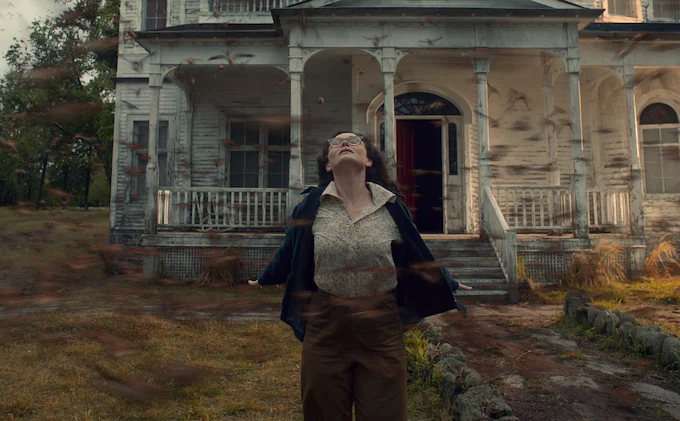
Tonally very different to every other episode in this series, The Murmuring is a ghost story, and in many respects, a familiar-feeling one. Consider the elements: a pair of outsiders spend time in a mysterious old house, where before too long, strange phenomena begin to afflict one of their number. To understand and perhaps to get rid of the frightening phenomena necessitates getting to the bottom of a mystery – finding out what happened to the old inhabitants, via clues and problem-solving. But if that sounds dismissive, it really isn’t intended as such. The Murmuring is a subtle, oh-so clever, humane story about grief, as well as the only episode in Cabinet of Curiosities which has the power to move you to tears. It also ends on a rare moment of hope, without ever sacrificing the very effective, hair-raising moments which it carefully offers up.
Ornithologists Nancy and Edgar Bradley have thrown themselves into their work with modest success; they study the specific phenomenon of murmuration, seeking to explain its processes through further research. This research takes them to a remote house and waterside, where Nancy begins to first hear, and then see a crying child; later, the child can be heard to cry that his mother is angry with him. Then the mother herself begins to manifest, both terrifying and further isolating Nancy. Frustrated, Edgar tries to tell Nancy that this is all a result of her own, unexplored grief and exhaustion over their lost baby daughter. But she feels she must find out more about the house and what she is seeing, driving a painful wedge between them both (seeing this sweet, believable couple begin to splinter and turn away from one another is genuinely affecting). With as-ever superb performances from Essie Davies and Andrew Lincoln, this really is something special – it’s not a ghost story where the past comes back to punish the present, but rather, it becomes a means for the living to go on living. Jennifer Kent has created something very special here.
1: The Autopsy (directed by David Prior)
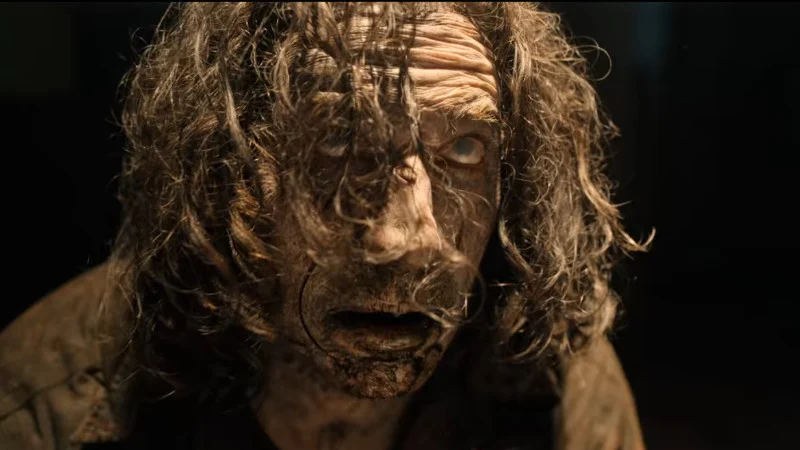
The Autopsy is seriously, seriously, horribly impressive. It is tough to do it justice in a brief write-up, but here goes: firstly, it’s absolutely repellent. If Graveyard Rats goes a long way in its relentless presentation of the horrors of death, then The Autopsy (clue’s in the name) goes even further, lingering with an unseemly delight on the bits and pieces of organic matter which inexplicably make us living, breathing, sentient things. But it doesn’t stop there; oh, no. It interrogates the meaning of human life further, by threatening it with something which is not only outside it but superior to it, able to essentially drive us around like big stupid meat machines. And yet, the hostile superior force which would do this can’t anticipate every aspect of human behaviour; as such, this disgusting hacking, cutting, weighing, flesh-disturbing tale has a strange, brief moment of hope for mankind in it, too.
Dr Carl Winters (F. Murray Abraham) agrees to investigate the deaths of several miners in a small American town, killed when one of their number, one Joe Allen, reappears in the mine following a disappearance, with what seems to be an explosive device, which he hurls amongst the men. It’s a local tragedy and a mystery which needs investigation, so local sheriff Nate Craven (Glynn Turman) calls in a favour from an old friend. In a makeshift, deserted morgue, Winters begins the autopsies, but the story expands when Allen’s battered corpse reanimates with a tale to tell.
In its short amount of allotted time, The Autopsy blends body horror, science fiction and a kind of existential nightmare, questioning what we are and how vulnerable we are. It doesn’t miss a beat either, offering a kind of (mitigated) redemption without discarding anything which came before, whilst keeping up the pace until the very last moments – in a perfectly formed narrative which fits the episode length exactly. You don’t want or need anything more than this screenplay offers; it is complete. A harrowing, unpleasant, fascinating story which reminds you of what the best horror and sci-fi can do, The Autopsy is both riveting and revolting.
